Easy Set Up Single Person Winter Tents
Get full access to Outside Learn, our online education hub featuring in-depth fitness, nutrition, and adventure courses and more than 2,000 instructional videos when you sign up for Outside+ Sign up for Outside+ today.
Think of a four-season tent as a bomb shelter you use to escape from the harshness of winter elements: it's your first line of defense against the snow, wind, and the cold that can quickly cut a trip short. And while you might be able to stretch that tarp or ultralight shelter into the shoulder season, a carefully-engineered winter tent is an absolute necessity when conditions get nasty.
Backpacker's tent-testers endured all manner of hellish weather in environments all across the country to find the very best, setting up camp in everything from crushing snowpacks to bitterly cold temps. Only these four shelters made the cut when it came to camping in the fourth season.
Read More: Editors' Choice—The Best Winter Gear of 2022
What to Look for in a Winter Tent
Just because you're headed out to do some winter camping, doesn't mean you need an ironclad mountaineering tent. Ski-touring, snow-shoeing, and some winter camping below treeline or in dry climates can be accomplished with paired down four season tents built to withstand higher winds and light snow loads—or even your regular three-season tent. For burlier mountaineering tents, you'll want to decide between a single-walled and double-walled tent (heavier, more breathable) depending on your route. Space for winter gear (which is bulkier) and hanging out when the sun goes down, is a major consideration.
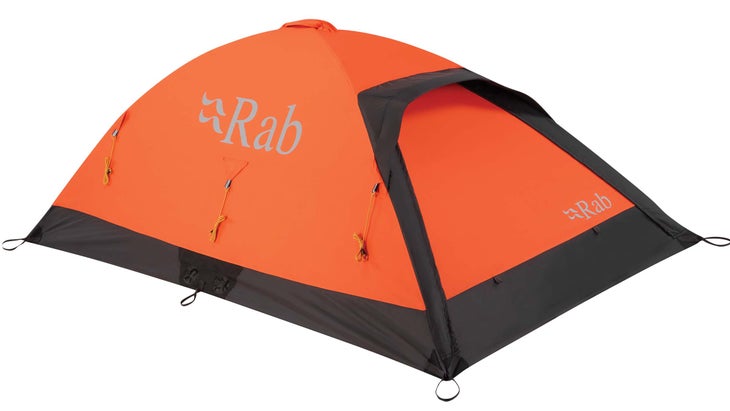
Lightest: Rab Latok Summit 2
- Price: $620
- Weight: 3 lb. 7 oz.
- Best for: Light and fast missions
- Buy Now
Our Take
If ultralight is the most used word in your gear vocabulary, then the Latok Summit 2 is the winter tent for you. At less than 3.5 pounds, it's lighter than many summer backpacking tents despite being armored for high-alpine winter conditions. The low weight does come at the expense of space and features: A 28-square-foot interior fits two pads but little else, the 31- inch peak height is low, and the tent also lacks a vestibule. But the Latok belongs with those who want a winter-worthy tent that prioritizes pack space and weight—and also holds strong in inclement weather.
The Details
This single-walled shelter sports three-layer Pertex Shield Air as the tent body fabric, which combines excellent waterproofing with above-average breathability. The Latok Summit 2 has all the features you'll need to bunker down in a big storm, including 6-inch-high bathtub floors, six pre-attached guy lines, and three donut tie-in loops (thick handles that are built into the tent) that are compatible with belay anchors (sold separately). The two 9.6-millimeter DAC Featherlite NSL poles pitch internally to create a rock-solid structure that you can erect from the inside.
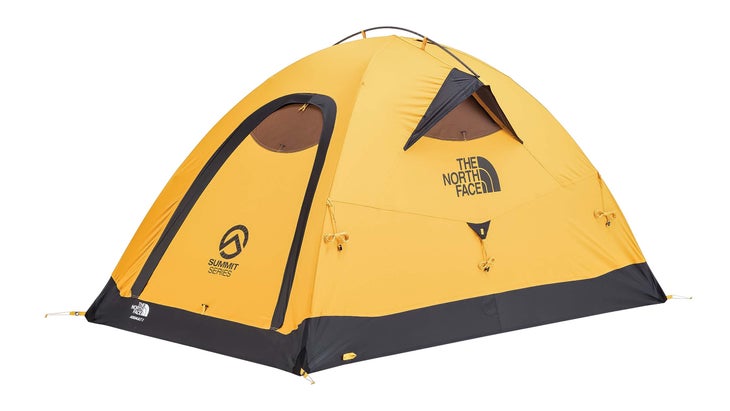
Best Ventilation: The North Face Assault 2 Futurelight
- Price: $800
- Weight: 5 lb. 7 oz.
- Best for: Condensation-heavy conditions
- Buy Now
Our Take
The single-walled, updated-for-2021 Assault 2 Futurelight offers the best combination of protection and ventilation of any tent in the test. "I was expecting a single-walled tent to soak through and render my life miserable, but it withstood the rain and kept us dry while the vents created maximum airflow," one tester said after a rain-lashed, 40°F outing on Spencer Glacier in Alaska's Chugach National Forest. Condensation inside the tent was minimal thanks to the proprietary Futurelight air-permeable, waterproof-breathable material (the same fabric that's used in The North Face's winter jackets) and four window vents, a high number for a high-alpine winter tent.
The Details
At 27 square feet the Assault 2 Futurelight's interior is the smallest we tested, leaving little room between tentmates' shoulders. However, the generous 42- inch peak height and 10-square foot removable vestibule enhance livability. New for this year, the Assault 2 uses carbon-composite Easton Syclone Poles that pitch internally (the previous version had an external pitch and used aluminum poles). Ding: There are no interior pockets, limiting organizational options.
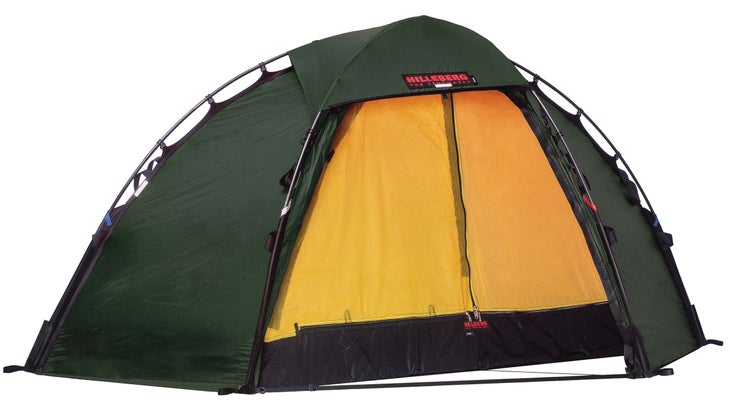
Best Protection: Hilleberg Soulo BL
- Price: $825
- Weight: 6 lb. 3 oz.
- Best for: Horrendous storms
- Buy Now
Our Take
Cold-weather adventurers willing to trade a few pounds and increased setup time for set-and-forget-security, or those looking to adventure from a basecamp, will appreciate the elite protection of the Soulo BL. It's armed with 10-millimeter DAC aluminum poles—the thickest in the test—which ensure a strong pitch. The fly is made of Hilleberg's famously strong Kerlon 1800 fabric and its canopy is 40-denier ripstop nylon. "Amidst blowing snow and 40-mph wind that went on all night long, I felt completely secure thanks to its fantastically strong poles and pole clips, along with a tight fly and heavy-duty zippers," one tester said after an outing in southern Alaska. Caveat: It's heavy and expensive for a one-person tent.
The Details
The Soulo B L is generously sized for a solo shelter. It offers 20.5 square feet of floor space, a peak height of 37 inches, and a 6.5-square-foot vestibule, which our testers found large enough to cook inside. Its double-walled design and roof vent prevented condensation on nights in the low 30s, and the one interior pockets is big enough for personal items.
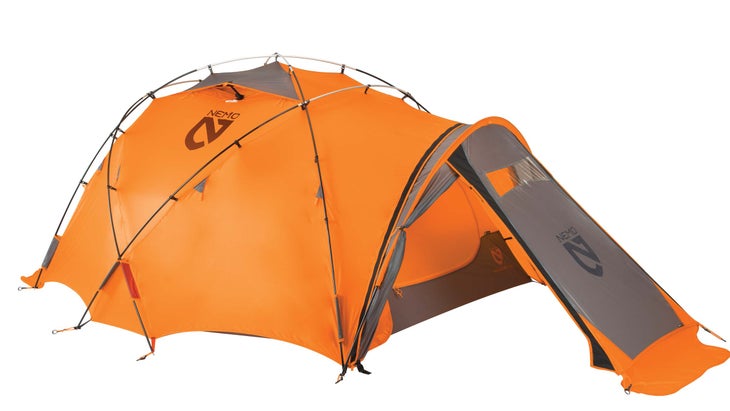
Most Livable: NEMO Chogori 2
- Price: $750
- Weight: 7 lb. 11 oz.
- Best for: Equipment-heavy expeditions
- B u y Now
Our Take
The single-walled Chogori 2 is the heaviest tent in the testing group, but don't be scared off: Considering its luxurious feature set, our testers were surprised it didn't weigh more. "We slept two people and their full extreme cold-weather gear kits in the tent, and could've fit one more person in a pinch," one tester said after a February trip to northern Yellowstone National Park. Livability comes from a large-for-its-class 36 square feet of interior space and two vestibules—the entryway has nearly 12 square feet of space and a plastic window, while the rear vesti measures 4 square feet and can easily swallow a large pack. Smart features like double-walled vents that zip from both inside and out and eight storage pockets make the Chogori 2 feel like a true backcountry home.
The Details
Designers extended the Chogori's snow skirt to go around the entire tent (it just covered the vestibule in the previous iteration), and increased the waterproof ratings of both the floor and canopy. The five-pole pitch is surprisingly easy—one person can do it in seven minutes. We did see mild condensation on a cold, moderately humid -5°F night
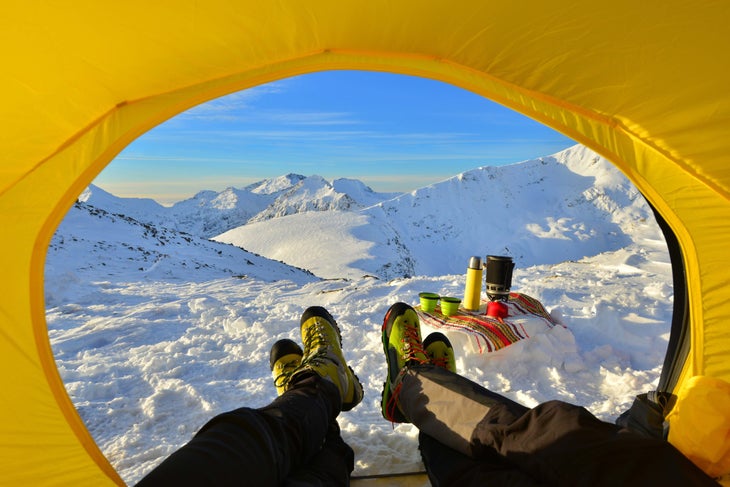
How to Buy the Perfect Winter Tent
Winter camping can require a bit more equipment and forethought than your standard summer setup. Here's what to look for when choosing the best shelter for your next snowy adventure.
Double or Single-Walled?
The issue of condensation is even more critical in winter camping; nothing's worse than finding your down sleeping bag soaked in the middle of the night in sub-zero conditions. A double-walled tent will include an inner tent with some mesh for breathability, along with a burly outer shell that channels condensation away from the inside of the tent and down to the ground. Double-walled tents are heavy and pricey. Single-walled tents are meant for fast ascents where low weight is paramount. They'll keep you safe from wind and snow, but they typically breathe poorly and often aren't fully waterproof like their double-walled counterparts—sub-zero temperatures are a must.
Sizing a Winter Tent
Keep in mind that you'll be carrying much more (bulkier) gear on a winter trip, from heavy sleeping bags to extra fuel. Also remember that you'll want to keep some items inside the tent with you (or inside your sleeping bag) to prevent them from freezing, like boots, water filters, and electronics. You'll be spending much more time in your tent than you would on a three-season trip, so cramming like a sardine is less appealing when considering weight savings and space. Most important is your vestibule, which needs to be big enough to meet your cooking and storage needs (some four-season tents also have a gear vestibule in the back of the tent).
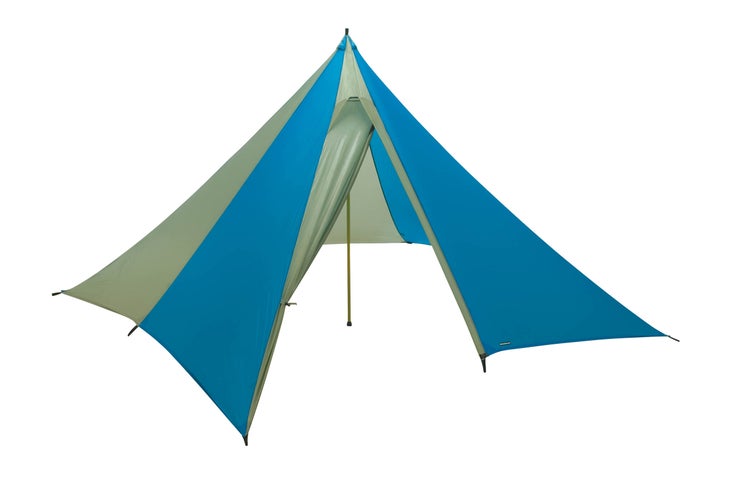
Types of Winter Tents
Three season and three season-plus tents can work for winter camping, depending on the conditions: dry, calm, conditions like on a bluebird day below treeline are the ideal setting to use a three season tent in winter. They tend to have more mesh for breathability and lighter pole structures for weight savings that make them dangerous to use under snow loads or windy conditions.
Four season, non-mountaineering tents, like the MSR Access, have less open mesh to prevent snowdrift and retain heat, and stronger, more flexible frames to handle moderate snow loads. They're a great option for winter backpacking and ski touring in lower-elevation alpine environments (steer clear of Denali) as they cost less, weigh less, and have much better breathability than traditional mountaineering tents.
Mountaineering tents are designed to do one job: keep you safe in unpredictable alpine conditions. Mountaineering tents accomplish that by using strong materials (often high tear strength silnylon, or laminate shells, similar to your hardshell jacket), multiple, criss-crossed pole structures that run on the inside or outside of the tent, and guylines made of extra-strong fabrics, like Dyneema. They tend to be engineered to be more aerodynamic than three-season shelters: lower to the ground for less wind resistance and/or with steeper walls for shedding snow. While most mountaineering tents will have less ventilation than a 3-season tent, single-walled tent designs, especially, are notorious for producing heavy condensation owing to their lack of mesh. Mountaineering tents are also much more expensive than other winter camping options as a result of the engineering involved and the need for more, stronger materials.
Pyramid-style tarp shelters, like Black Diamond's Mega Light, are an excellent option for large groups, or as a basecamp/hangout area. These shelters typically don't come with floors or mesh, allowing you to dig out snow benches and platforms for sleeping, cooking, and hanging out (which you'll do a lot of when the sun goes down at 4:30 p.m.). They tend to be very light for their area of coverage and easily shed snow and wind when pitched correctly.
What a Backpacker Editor Looks for in a Winter Tent
Shannon Davis, Editor-in-Chief
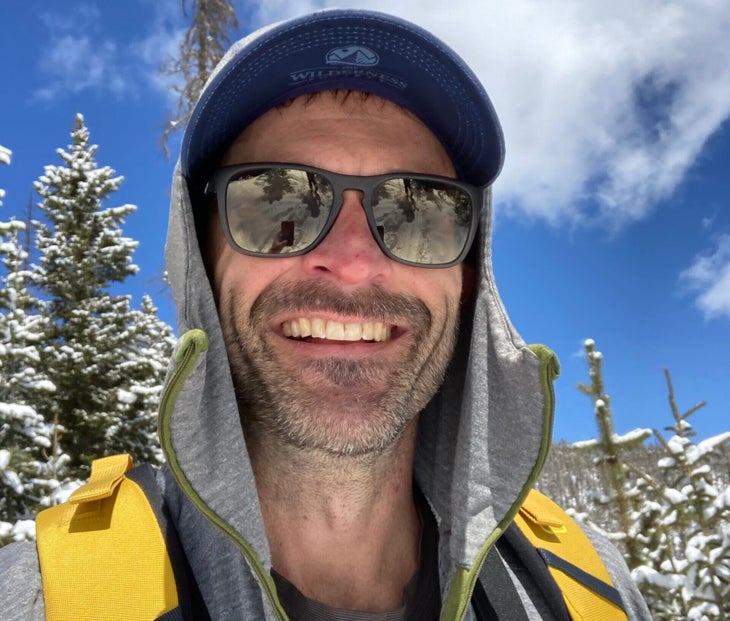
"I base my assessment of winter tents from my time in the high country on peaks like Mt. Rainier and Denali. If a tent can survive there, it can probably handle anything. I look for a beefy, higher-diameter pole structure and copious guy-out points to protect against heavy snowfall and high wind; generous vestibule space for the additional gear cold-weather travel requires; and high and low vents that you can open from the inside to manage the balance of airflow and warmth to minimize condensation."
Source: https://www.backpacker.com/gear/winter-gear-guide/best-winter-tents/
0 Response to "Easy Set Up Single Person Winter Tents"
Post a Comment